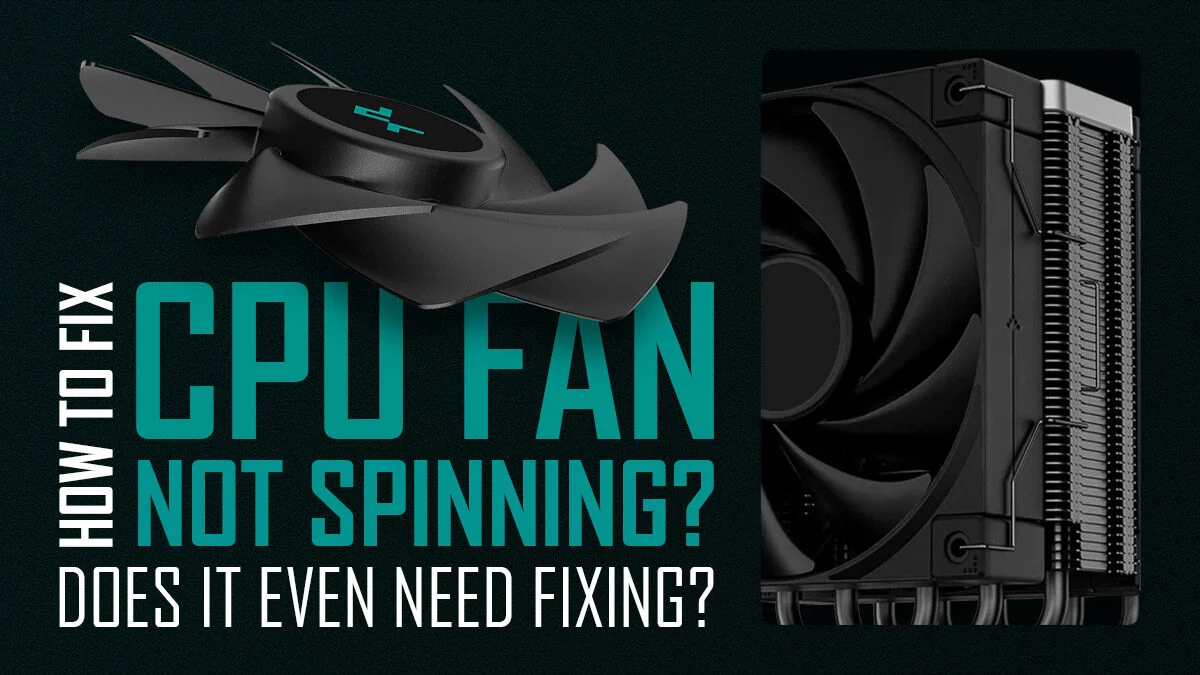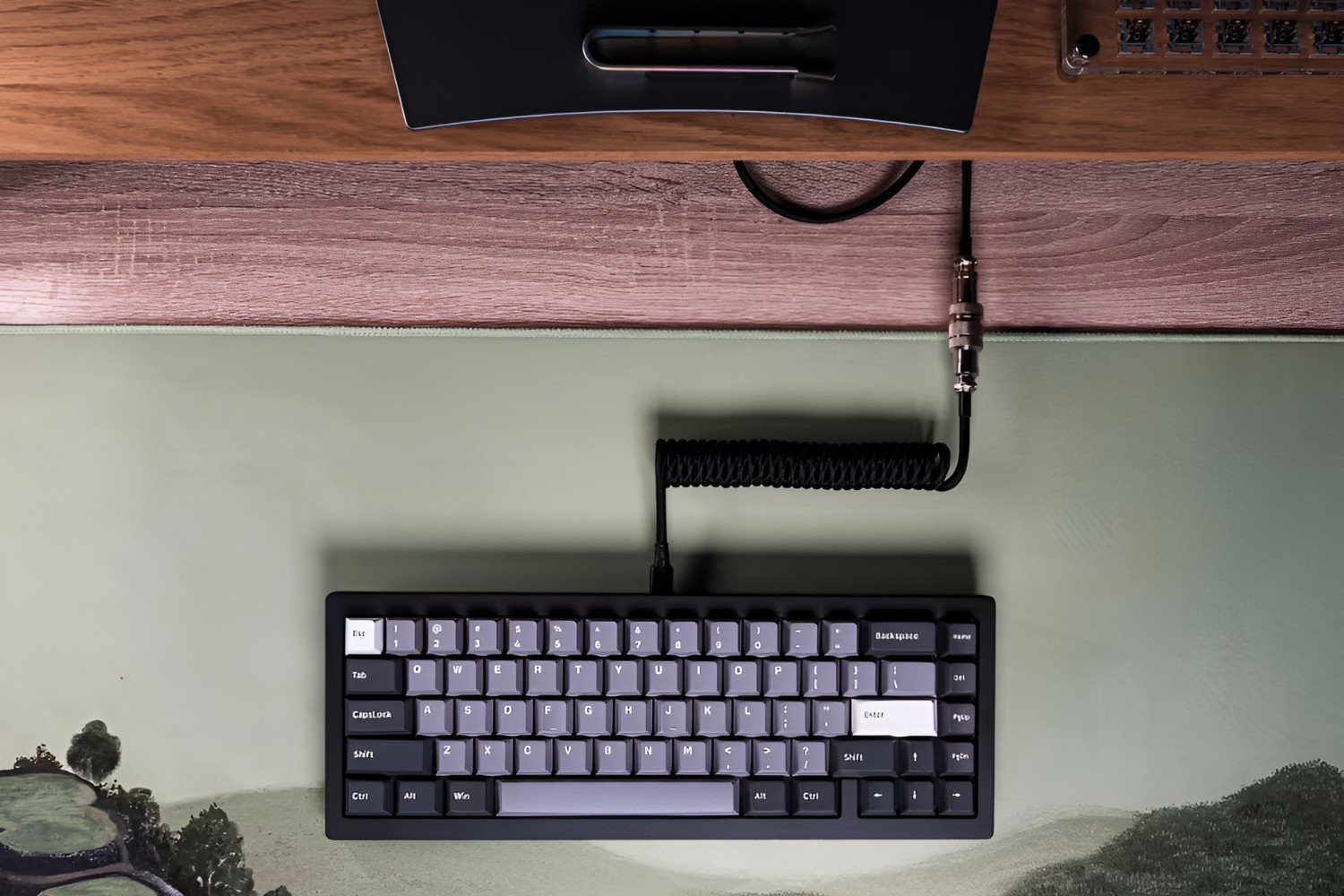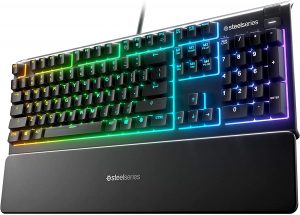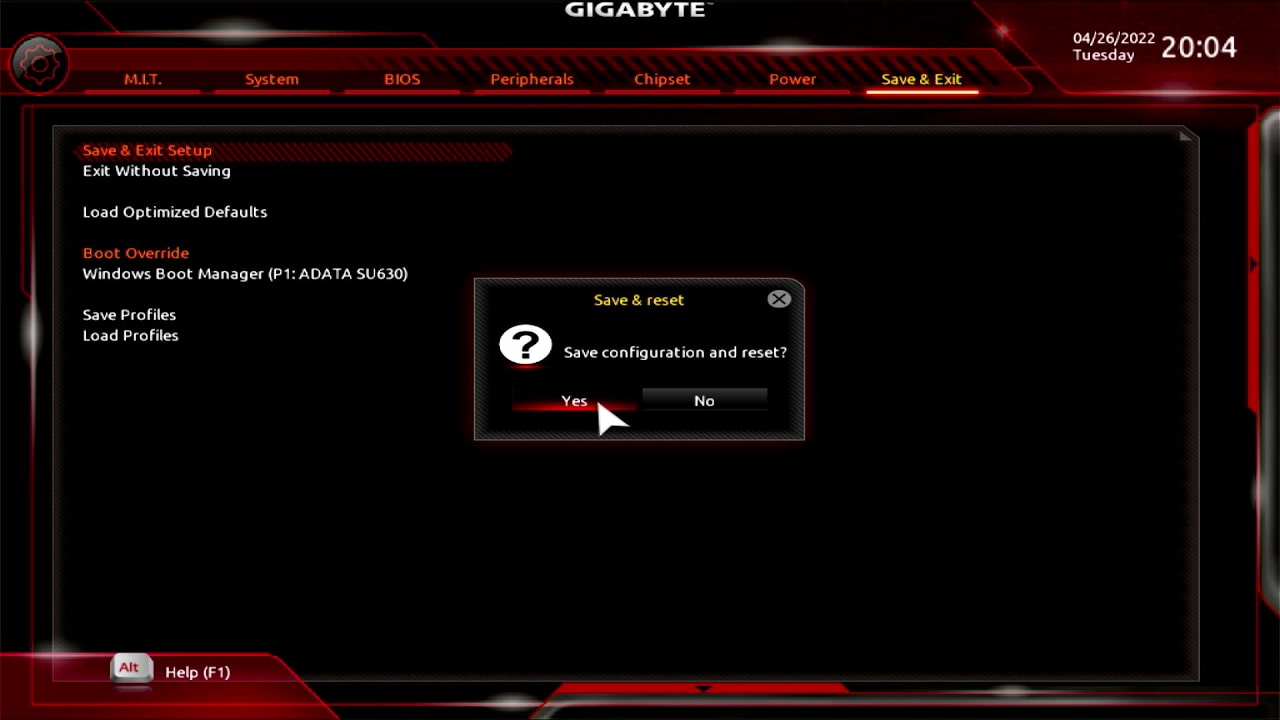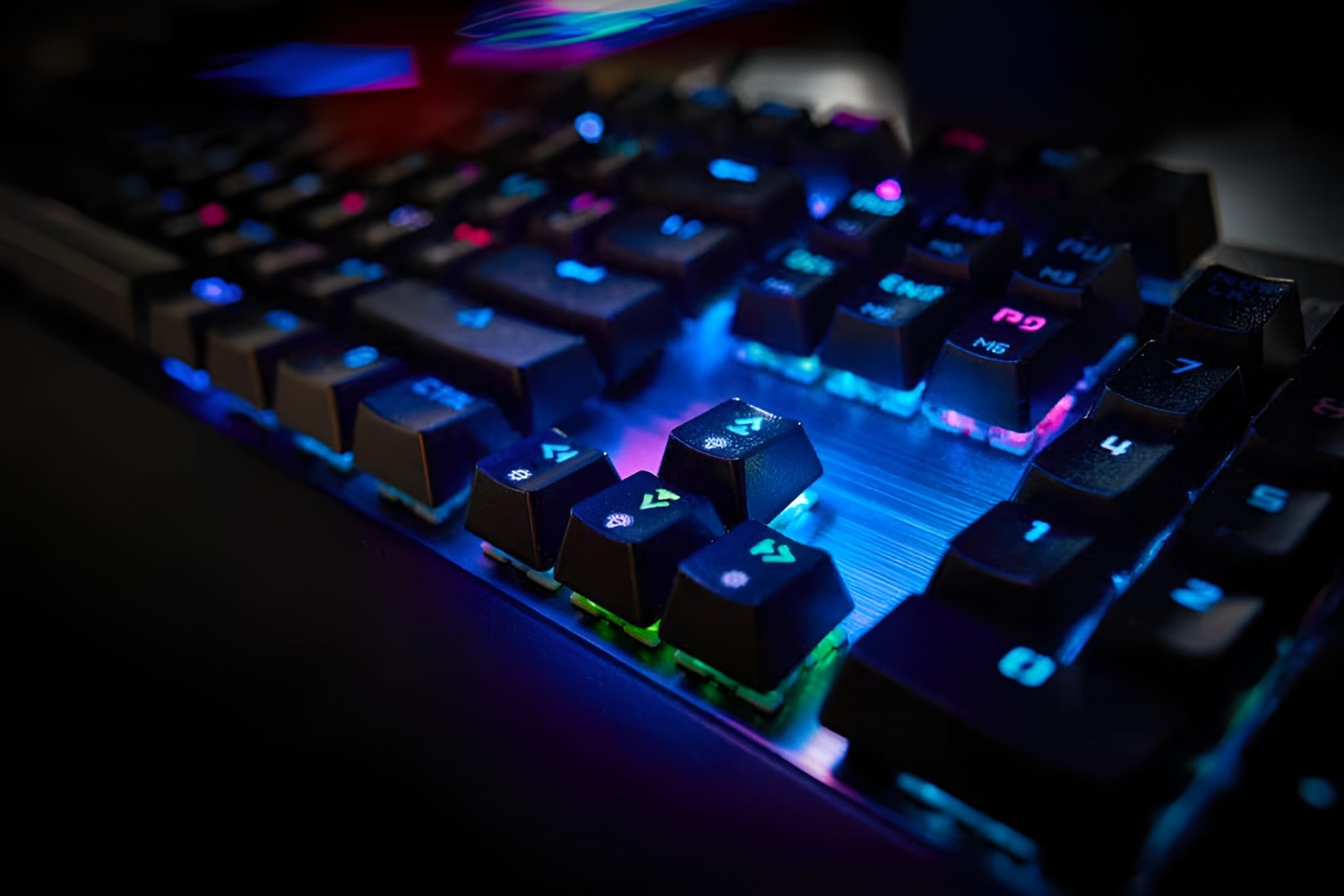Introduction
If you've found yourself wondering, "Why isn't my mechanical keyboard typing?" you're not alone. Mechanical keyboards are prized for their tactile feedback, durability, and overall typing experience. However, like any electronic device, they can encounter issues that hinder their functionality. Before diving into potential solutions, it's essential to understand the common reasons behind a non-responsive mechanical keyboard.
Mechanical keyboards are renowned for their reliability, but they can still experience connectivity issues, software glitches, or physical damage that impairs their performance. Whether you're a seasoned enthusiast or a newcomer to the world of mechanical keyboards, troubleshooting the typing problem can be a perplexing task. Fortunately, with a systematic approach and a bit of technical know-how, you can often resolve the issue without needing professional assistance.
In the following sections, we'll explore the steps to diagnose and address the typing problem with your mechanical keyboard. From checking the connection and cleaning the keyboard to updating drivers and testing with another device, we'll cover a range of potential solutions. By following these troubleshooting steps, you can gain insights into why your mechanical keyboard isn't typing and, in many cases, restore its full functionality. Let's dive into the troubleshooting process and get your mechanical keyboard back to its reliable, responsive state.
Check the Connection
When your mechanical keyboard stops typing, the first step is to ensure that the connection between the keyboard and your computer is secure. Start by disconnecting the keyboard and then reconnecting it to a different USB port on your computer. Sometimes, a faulty USB port can cause connectivity issues, and switching to a different port can resolve the problem. If you’re using a USB hub, bypass it and connect the keyboard directly to your computer to rule out any issues with the hub.
Additionally, check the cable for any signs of damage, such as fraying or kinks, as these can interfere with the connection. If you’re using a wireless mechanical keyboard, replace the batteries or recharge it to ensure that it has an adequate power supply. In some cases, a weak or depleted battery can lead to typing issues.
It’s also worth verifying that the keyboard is compatible with your operating system. Some mechanical keyboards require specific drivers or software to function correctly with certain operating systems. Check the manufacturer’s website or product documentation to confirm compatibility and ensure that you have the necessary drivers installed.
If you’ve confirmed that the connection is secure and the keyboard is receiving power, but it still isn’t typing, proceed to the next troubleshooting steps to address potential software or hardware issues.
Clean the Keyboard
Over time, mechanical keyboards can accumulate dust, debris, and other particles that may interfere with the key switches’ functionality. Cleaning the keyboard can often resolve typing issues and restore its responsiveness. Begin by turning off the keyboard and unplugging it from your computer to prevent any electrical mishaps during the cleaning process.
To clean the key switches, you can use compressed air to dislodge and remove any trapped debris. Hold the keyboard at an angle and use short bursts of compressed air to blow out the particles between the keys. Alternatively, a small handheld vacuum with a brush attachment can be used to gently suction away the debris. Be cautious not to apply excessive force or use sharp objects that could damage the key switches or the keyboard’s casing.
If the keys are sticky or unresponsive due to spills or residue buildup, consider using a keycap puller to remove the keycaps and access the underlying switches. Once the keycaps are removed, use a mild cleaning solution and a soft, lint-free cloth to wipe the key switches and remove any grime. Allow the keyboard to dry thoroughly before reattaching the keycaps and reconnecting it to your computer.
For thorough cleaning, you may also consider disassembling the keyboard according to the manufacturer’s guidelines and cleaning the internal components. However, this approach requires caution and should only be attempted if you’re comfortable with disassembling electronic devices. Always refer to the keyboard’s user manual or the manufacturer’s instructions before attempting any internal cleaning or maintenance.
After cleaning the keyboard, test its typing functionality to see if the issue has been resolved. If the problem persists, proceed to the next troubleshooting steps to explore potential software-related causes or physical damage that may be affecting the keyboard’s performance.
Update or Reinstall Drivers
Outdated or corrupted keyboard drivers can lead to typing issues with your mechanical keyboard. To address this, start by checking for driver updates through your computer’s operating system. For Windows users, you can access the Device Manager to locate the keyboard and check for driver updates. Right-click on the keyboard device, select "Update driver," and follow the on-screen prompts to search for and install any available updates.
If your mechanical keyboard requires specific software or firmware to function optimally, visit the manufacturer’s website to download the latest drivers or firmware updates. Ensure that you select the correct drivers for your keyboard model and operating system version. After downloading the updates, follow the installation instructions provided by the manufacturer to update the keyboard’s drivers or firmware.
Alternatively, if you suspect that the current keyboard drivers are causing typing issues, you can uninstall the existing drivers and then reinstall them. To do this, return to the Device Manager, right-click on the keyboard device, and select "Uninstall device." After uninstalling the drivers, disconnect the keyboard, restart your computer, and then reconnect the keyboard to initiate the driver reinstallation process. Follow any on-screen instructions to complete the driver installation.
It’s important to note that driver updates and installations should be performed with caution, and it’s advisable to create a backup of your system or important files before making any significant changes to your computer’s drivers. By ensuring that your mechanical keyboard has the latest and compatible drivers installed, you can often resolve typing issues and optimize its performance.
If updating or reinstalling the drivers doesn’t resolve the typing problem, proceed to the following troubleshooting steps to investigate potential physical damage or compatibility issues that may be affecting the keyboard’s functionality.
Check for Physical Damage
Physical damage to a mechanical keyboard can manifest in various forms, potentially leading to typing issues and diminished responsiveness. Inspect the keyboard for any visible signs of damage, such as dents, cracks, or spills. If you notice any physical damage, it’s essential to address it promptly to prevent further deterioration of the keyboard’s functionality.
Examine the keycaps and switches for signs of wear, damage, or misalignment. If a keycap is damaged or not seated properly, it can impede the key switch’s movement and cause typing problems. Carefully remove the affected keycap using a keycap puller and inspect the switch beneath it for any obstructions or damage. Clean the area around the switch and reseat the keycap, ensuring that it is securely attached to the switch.
If your keyboard features removable switches, such as those with hot-swappable sockets, consider replacing the affected switch with a spare switch from your keyboard’s accessory kit. This can be particularly helpful if a specific key or switch is consistently unresponsive despite cleaning and reseating the keycap.
In the case of spills or liquid exposure, immediately disconnect the keyboard, turn it upside down to drain any liquid, and allow it to dry thoroughly before attempting to use it again. If the spill is substantial or involves potentially damaging substances, such as sugary beverages, it may be necessary to disassemble the keyboard for a more thorough cleaning. Always refer to the manufacturer’s guidelines for cleaning and maintenance to avoid causing further damage to the keyboard.
Furthermore, inspect the keyboard’s USB cable for any signs of fraying, kinks, or damage. A damaged cable can disrupt the connection and lead to typing issues. If the cable is damaged, consider replacing it with a compatible cable provided by the keyboard’s manufacturer or a reputable third-party supplier.
By thoroughly examining the keyboard for physical damage and addressing any issues that are discovered, you can often mitigate typing problems and restore the keyboard’s functionality. If the typing issue persists after addressing physical damage, proceed to the next troubleshooting steps to explore compatibility and connectivity factors that may be contributing to the problem.
Test with Another Device
Testing your mechanical keyboard with another device can help determine whether the typing issue is specific to your computer or if it persists across multiple devices. By connecting the keyboard to a different computer or compatible device, such as a laptop or a friend’s computer, you can assess whether the problem is related to the keyboard itself or the original computer’s configuration.
Start by disconnecting the keyboard from your computer and connecting it to the alternative device. If the keyboard functions as expected on the alternative device and typing is responsive, it suggests that the keyboard itself is likely in working order. In this scenario, the typing issue may be related to the original computer’s settings, drivers, or connectivity. Proceed to troubleshoot the original computer to isolate and address the specific cause of the typing problem.
Conversely, if the typing issue persists when using the keyboard with another device, it indicates that the problem may be inherent to the keyboard’s functionality or hardware. In this case, consider performing additional troubleshooting steps, such as checking for firmware updates specific to the keyboard or contacting the manufacturer for further assistance.
When testing the keyboard with another device, it’s crucial to use a device with a compatible operating system and USB port to ensure accurate assessment. If the alternative device exhibits different behavior when using the keyboard, it can provide valuable insights into the nature of the typing issue and guide the troubleshooting process.
By conducting this test, you can gather essential information about the keyboard’s performance across different devices, allowing you to make informed decisions about the next steps in resolving the typing problem. If the issue persists across multiple devices, it may indicate a hardware-related issue that requires further attention and technical expertise to address.
Contact Manufacturer or Support
If you’ve exhausted the troubleshooting steps and the typing issue with your mechanical keyboard persists, reaching out to the manufacturer or official support channels can provide valuable assistance and guidance. The manufacturer’s support team is equipped with the expertise to address technical issues, offer tailored solutions, and provide further troubleshooting recommendations specific to your keyboard model.
Before contacting the manufacturer or support, gather essential details about your mechanical keyboard, such as the model number, purchase date, and any relevant warranty information. Having this information readily available can expedite the support process and ensure that the support team can provide accurate and personalized assistance.
When reaching out to the manufacturer or support, be prepared to describe the typing issue in detail, including when it started, any observed patterns or triggers, and the troubleshooting steps you’ve already attempted. Providing a comprehensive overview of the issue can help the support team assess the situation more effectively and offer targeted guidance.
Many manufacturers offer online resources, such as knowledge bases, forums, or FAQs, where you may find answers to common technical issues or guidance on resolving typing problems with your specific keyboard model. Exploring these resources can provide immediate solutions and insights while also familiarizing you with the manufacturer’s support options.
If your mechanical keyboard is under warranty, the manufacturer’s support team can advise you on warranty-related services, such as repair or replacement options. Even if the keyboard is no longer under warranty, the manufacturer’s support may still offer valuable insights and recommendations to address the typing issue.
When contacting the manufacturer or support, maintain open communication and follow any instructions or recommendations provided by the support team. Be receptive to their guidance and be prepared to provide additional information or perform further troubleshooting as advised.
By engaging with the manufacturer or official support, you can leverage their expertise and resources to address the typing issue with your mechanical keyboard effectively. Whether it involves warranty services, technical guidance, or specialized troubleshooting, the manufacturer’s support can be instrumental in resolving the issue and restoring your keyboard’s optimal functionality.









